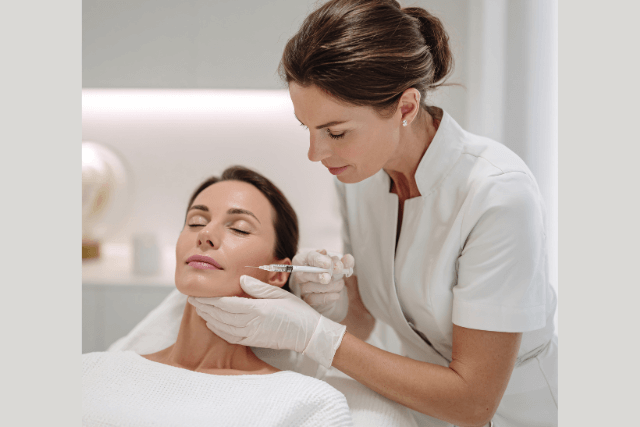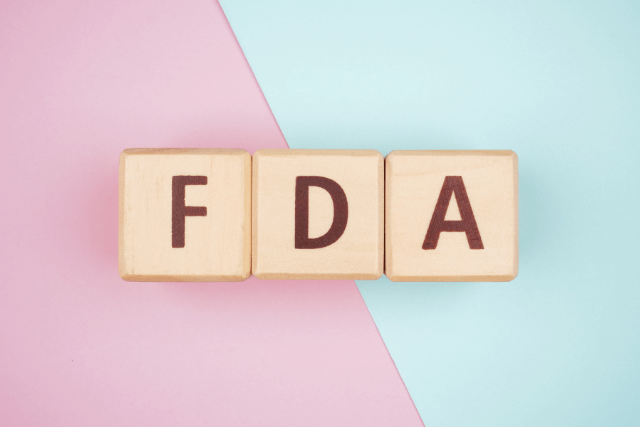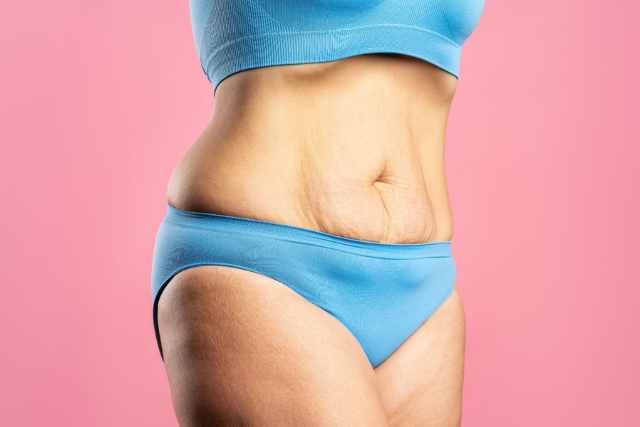Breast fat transfer is a natural and increasingly popular procedure that enhances breast volume using your own body fat. Instead of using implants, surgeons remove fat from one part of your body and inject it into your breasts for a fuller, more natural look.
This technique appeals to many people because it offers two benefits at once. First, it removes unwanted fat from areas like the abdomen or thighs. Second, it enhances the shape and size of your breasts without inserting foreign materials. As a result, breast fat transfer gives a softer and more organic outcome than traditional implants.
If you are exploring options for breast enhancement, breast fat transfer could be an ideal solution. It’s especially helpful for those who want a modest increase in volume, improved symmetry, or natural contouring without implants.
What Makes This Procedure Unique
Unlike implants, breast fat transfer uses only your body’s natural tissue. Therefore, the outcome often looks and feels more realistic. In addition, this procedure avoids risks associated with implant rupture, capsular contracture, or long-term maintenance.
The Fat Grafting Process
The procedure involves three main steps:
- Fat Harvesting: First, fat is removed from donor areas such as the belly, hips, or thighs using liposuction.
- Purification: Next, the extracted fat is carefully processed to remove excess fluids and damaged cells.
- Injection: Finally, the purified fat is strategically injected into the breasts to improve shape, size, and symmetry.
Since your own tissue is used, the chance of allergic reaction or rejection is extremely low. In addition, the result feels soft and natural.
Ideal Candidates for Breast Fat Transfer
While breast fat transfer is safe and effective, not everyone is a candidate. Your plastic surgeon will evaluate your health, body type, and goals to determine if this method suits you.
Who Should Consider This Procedure
- Individuals with small to moderately sized breasts
- Patients looking for a subtle, natural increase in breast size
- People who prefer not to use implants
- Those with enough donor fat on the body
- Individuals seeking correction of breast asymmetry
- Patients undergoing reconstruction after mastectomy or trauma
Who May Not Be Eligible
- People with minimal body fat
- Patients expecting a large size increase
- Smokers who are not willing to quit
- Individuals with underlying health conditions that impair healing
Before making any decisions, it is important to have a detailed consultation with a board-certified plastic surgeon.
Benefits of Breast Fat Transfer
The benefits of breast fat transfer go beyond aesthetics. This approach can improve your body shape, confidence, and comfort with long-lasting results.
Natural Look and Feel
Because the procedure uses your own fat cells, the outcome often looks and feels more natural compared to synthetic implants. For this reason, many patients choose this method for a subtle and elegant enhancement.
Dual Body Contouring
In addition to enhancing the breasts, breast fat transfer reduces fat in unwanted areas. As a result, you enjoy a slimmer waist or flatter abdomen along with fuller breasts.
Lower Risk of Complications
Since no synthetic materials are used, the risk of implant-related problems like leakage or shifting is eliminated. Moreover, your body is less likely to reject its own tissue.
Minimal Scarring
The incisions for both fat removal and injection are very small. Consequently, most patients experience minimal scarring that fades over time.
Fat Grafting Procedure
The fat grafting procedure is the central technique behind breast fat transfer. Although it may sound technical, it is a safe and established method used widely in plastic and reconstructive surgery.
How It Works
After liposuction, the fat is carefully spun and filtered to isolate only the healthiest fat cells. Then, the fat is injected in layers throughout the breast tissue using small cannulas. This layering technique promotes better survival of the fat cells.
What Makes It Effective
Because the fat is transferred with precision, blood vessels can grow into the new tissue and support long-term survival. However, not all of the fat survives. Typically, about 60 to 80 percent of the transferred fat remains permanently.
Breast Fat Transfer Recovery: What It Looks Like
Recovery after breast fat transfer is usually smooth and less intense than after implant surgery. Nonetheless, it’s important to follow all instructions closely to protect your results.
Recovery After Surgery
The recovery after surgery involves several key milestones. You will likely experience swelling, soreness, and minor bruising in both the breast and donor areas.
First Week
- Wear compression garments to reduce swelling
- Take prescribed pain medications
- Avoid sleeping on your stomach
- Refrain from lifting, bending, or strenuous activities
Week Two to Four
- Swelling starts to decrease
- Most bruises fade
- You may return to light activities and work
- Final fat volume begins to stabilize
After One Month
- Results become more defined
- You can resume normal exercise with your doctor’s approval
- Follow-up visits ensure proper healing and fat retention
Breast Reshaping Options
Among all breast reshaping options, breast fat transfer stands out for its ability to offer volume enhancement and contour correction without the use of implants.
Ideal For Asymmetry and Irregular Shape
For patients with uneven breasts or subtle deformities, fat grafting allows precise correction. Because the fat is injected in small amounts, your surgeon can fine-tune the shape with great control.
Flexible and Customizable
Every breast fat transfer procedure is customized. Your surgeon will consider the amount of available fat, the quality of your skin, and your overall proportions to ensure a balanced and natural result.
Breast Fat Transfer: Potential Risks and Considerations
Although breast fat transfer is considered safe, it is important to understand possible risks.
Common Risks
- Fat absorption, requiring repeat treatments
- Formation of lumps or cysts
- Oil cysts or calcification
- Infections or asymmetry
- Minor scarring or changes in sensation
How to Reduce Risks
- Choose a board-certified plastic surgeon
- Follow all pre- and post-operative instructions
- Avoid smoking, as it impairs healing
- Maintain a healthy weight for long-term results
Most side effects are mild and manageable with proper care. Your surgeon will explain all possible outcomes during your consultation.
Long-Term Breast Fat Transfer Results and Maintenance
Results from breast fat transfer are long-lasting, especially when fat retention is high. After the healing process, the fat that remains becomes a permanent part of your breast tissue.
Tips for Maintaining Results
- Maintain a stable body weight
- Follow a healthy lifestyle
- Protect your chest from trauma
- Avoid weight fluctuations, which may change breast size
With regular monitoring and proper care, most patients enjoy satisfying results for many years.
How to Choose the Right Surgeon
The success of breast fat transfer depends heavily on the experience and skill of your surgeon. Therefore, take time to research your provider carefully.
Qualities to Look For
- Board certification in plastic surgery
- Specialization in fat grafting procedures
- Proven track record with before-and-after photos
- Transparent communication and realistic guidance
During your consultation, ask specific questions about their experience with breast fat transfer and what to expect in your individual case.
Final Thoughts
Breast fat transfer offers a safe, natural, and effective way to enhance your breasts without implants. It not only improves volume and symmetry but also contours other parts of the body for a more refined overall look.
Whether you are seeking a modest increase in size, better symmetry, or reconstruction after surgery, breast fat transfer provides flexible and customizable results. If you want to explore a natural alternative to implants, consult with a board-certified plastic surgeon to learn if you are a candidate.
With proper planning, expert care, and healthy habits, your results can be beautiful, lasting, and life-enhancing.





